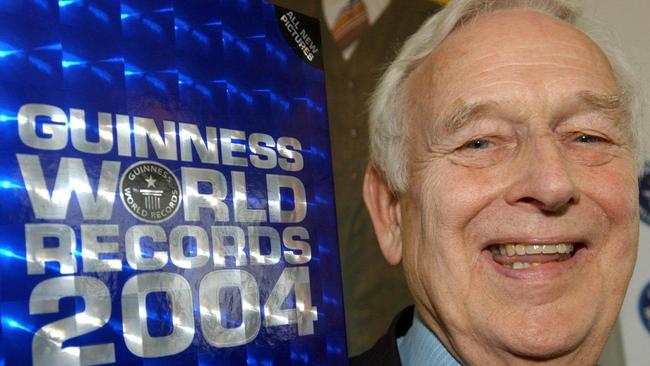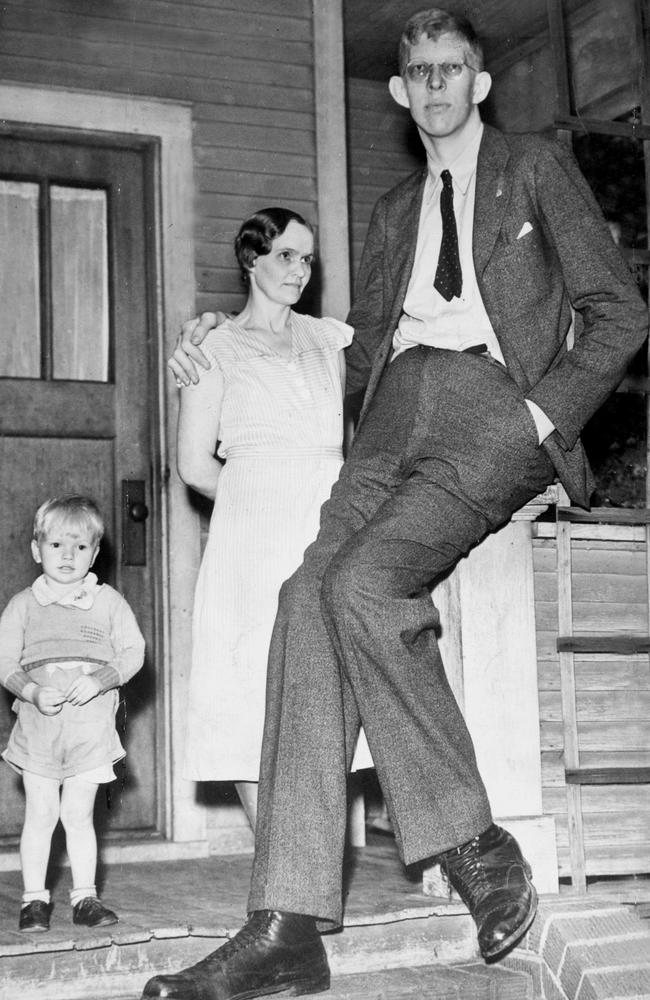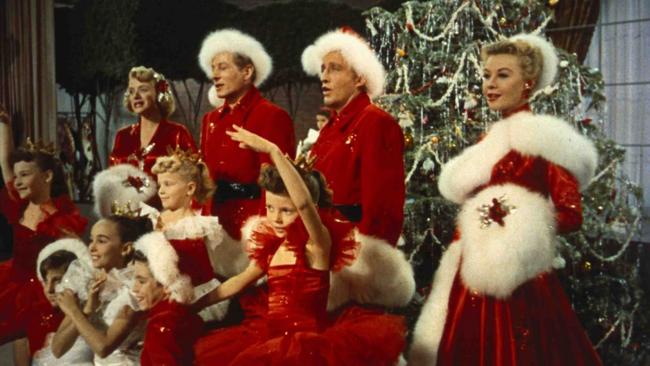Guinness Book Of Records clocks up 60 years of (very) tall tales
The book that inspired the search for superlative facts and the urge to break records was inspired by an argument about birds.

Today in History
Don't miss out on the headlines from Today in History. Followed categories will be added to My News.
A long time ago, in the age BG (before Google), people used books to check facts and settle arguments about who or what was the biggest, longest, fastest, loudest or oldest of its kind.
One of the most frequently consulted was the Guinness Book Of Records, published for the first time on this day 60 years ago.
Still published annually, but now known as Guinness World Records, it is still the world’s best-selling annual book (according to itself). It has always kept up with the times with yearly revisions but also by embracing new technology such as TV, CDs and now a website, which incidentally often comes up when you Google for the biggest, longest, fastest or oldest.

LEAVE IT TO BEAVER
It’s an impressive record for the book credited as the brainchild of Guinness brewery employee Sir Hugh Beaver and first published on August 27, 1955. Sir Hugh was born in Johannesburg in 1890, but when his father died the family moved to Buckinghamshire in England.
Hugh missed out on a scholarship to Oxford but scored first place in the selection exam for the Indian police. He served in India from 1910-22, doing administrative and intelligence work, before returning to England where he joined Sir Alexander Gibb’s engineering firm as an assistant. He eventually became a partner in the firm.
In 1931 Sir Hugh rebuilt the Canadian port of St John in New Brunswick after it was destroyed by fire. He was then employed by the Guinness brewing company to oversee the design and construction of a new brewery in London from 1932-36.
It earned him an invitation to join the board of Guinness, which he refused at the time. However, after an appointment as director-general of the Ministry of Works during World War II (for which he was knighted in 1943), at the end of the war he accepted an offer to join the company as assistant managing director, taking over as managing director in 1946.
In 1951 Sir Hugh was taking part in a hunting party at a friend’s property in County Wexford when he was impressed by the elusiveness of the birds and became embroiled in an argument about which was Europe’s fastest game bird, the golden plover or the grouse.
A search through his host’s library at Castlebridge House failed to yield an answer (it was later found to be the plover, as Beaver suspected).
This prompted Sir Hugh to ponder the idea of someone compiling a book with facts that could be consulted to resolve arguments.

TWIN TALENTS
The idea stayed with him, coming to mind again in 1954 when he was looking for a promotional idea for Guinness. The concept was to compile the book, do a limited print run and give copies away with pints of Guinness, promoting it as a way of ending bar room arguments. One of Beaver’s executives was athlete Christopher Chataway, who said he knew just the men to compile the facts, twins Norris and Ross McWhirter.
Norris was a former athlete turned sports journalist who was famous for broadcasting the announcement on BBC radio that Roger Bannister had broken the four-minute mile, during which Chataway had been Bannister’s pacesetter. The brothers ran a sports information service supplying statistics and facts to media outlets.
On November 30, 1954, the pair set up the Guinness Superlatives Inc. office in a converted gym on Fleet St. Working 90 hours a week for 13 and a half weeks they wrote the first book. It was ready for publication in 1955. The initial print run was 50,000.
Although some copies were given away for promotional purposes, Beaver had to sell the book for five shillings to cover some of the cost of production (Guinness employees got it half price).
Within a year there was a US edition and a UK second edition, with annual editions ever since. More than 132 million have been sold, recording such gems as highest paper tower, highest coin stack and sorting Smarties using chopsticks.

STILL STANDING
Among the records from the 1955 edition that still stand are Robert Wadlow’s for the tallest man in history (8ft 11in or 271cm tall) and Bing Crosby’s White Christmas as the biggest-selling single, with sales over 50 million.
Among the weirdest records are Etibar Elchiyev from Georgia, whose body held the largest number of spoons (50) magnetised to his body in 2011, and 4200 students from the University of California for the biggest pillow fight (2014).
Italian Silvio Sabba has the record for the most eggs held in one hand for 30 seconds (27), he also holds records for jumping into underwear, and building the tallest toilet.
Originally published as Guinness Book Of Records clocks up 60 years of (very) tall tales



